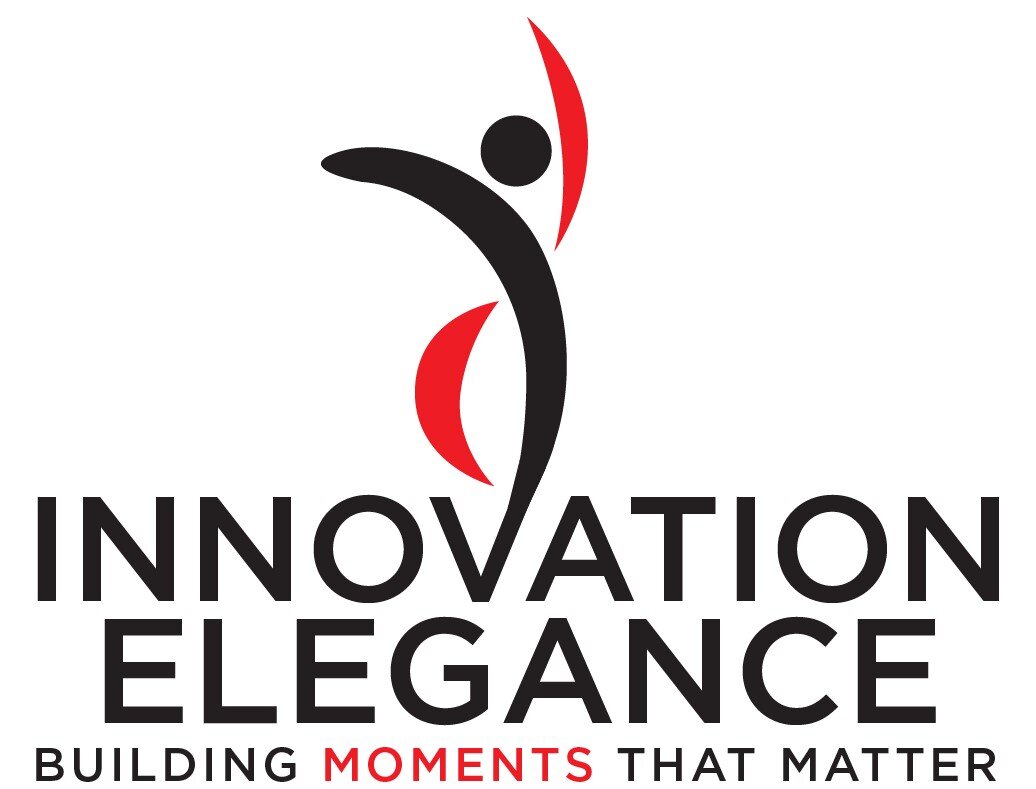Artists’ Competitive Advantage
The arts demonstrate amazing collaboration but of course elements of competition also exist. Culture traits such as balance, vigilance, rejection, failure, and resilience build experiences and skills for competition. Innovation teams and professionals adopting these culture traits build a competitive advantage.
Artists cultivate balance in their ensembles. Good parents have non-stop decisions about balancing their children’s diets, friends and schoolwork. Symphonies balance volume across numerous instruments. Dance partners balance each other’s pressure as they navigate around each other and other dancers. Imbalance and monopolizing undermine the purpose and the bigger picture. Innovation teams also must balance intensity across different people, processes and departments. Balance keeps success sustainable across different stakeholders.
Artists exhibit vigilance and benefit from various forms of drills and repetition. Musicians play scales and execute warmups. Dancers repeat movements to remember them. Parents create routines for their children and monitor their surroundings to keep them safe. Vigilance prevents neglect and avoids disaster. Innovation teams need vigilance to avoid fire drills and chaos. Vigilance in building and approving assets minimizes defects from surviving to the end of a project. Teams need easy escalation policies to minimize delays. Vigilance is the cost of staying engaged, relevant and safe.
Artists know rejection – and both sides of rejection. No performer can collaborate with everyone they meet, and there are ways to rejecting an invitation with grace. No performer wins every audition and the sooner they move on to another opportunity the sooner they land in another ensemble. Parents coach their children in their pursuits of sports team, college applications, and relationships. Poor rejection skills lead to paralysis, vindictiveness, and alienation. Innovation professionals face rejection in the form of interviews, promotions and downsizing decisions. An expert at rejection draws smart boundaries. Rejection can be a blessing-in-disguise as a lubricant that helps you move on to better things. It is a license to catalyst to explore and innovate.
Artists know failure – the sibling of rejection. If you are good at what you do, you are going to fail, because it means you are taking risks. For parents, sometimes a family vacation fails or a play date with your kids fails. A musical ensemble might try a challenging piece of music for a while before deciding to not proceed. None of these failures are fatal – the fear of failure is what can kill innovation and teamwork. Failure for innovation professionals is ambiguous. Some failure is objective, e.g., measured in terms of revenue, cost, or schedule. Some failure is subjective, judged by customer satisfaction, employee morale, or turnover. Some failures miss on results, some miss on expectations and some miss on perceptions. See failures in a positive light. Small failures indicate avoidance of big failures. Small failures are a symptom of exploration, courage, and ambition.
Artists know resilience. Good parents know to bounce back with the ups and downs of family life. Martial artists don’t surrender at the first, second or third attack. Dance couples reset themselves when something goes wrong. Theater companies have understudies to anticipate absences among the primary cast. Innovation professionals and teams have setbacks. Many are not under their control. Resilience is easier when you ask for help and avoid a victim mentality. Psychological insurance in the forms of trusted colleagues, a robust professional network, and career options helps innovation professionals retain resilience.
The arts provide a model for innovation professionals and teams to build skills for competition. Ambitious teams need these skills to stay focused on the big picture and what customers want. These skills make you more productive, valuable and happy. They’re a competitive advantage.



